Sydney’s original urban beekeepers George and Charis Schwarz set the standard for a growing number of amateur enthusiasts.
Riley street is typical of many inner-city Sydney streets. Poky renovated Victorian terraces sit cheek-by-jowl with student share houses and mechanics’ garages that hold fast against the encroaching tide of urban professionals who choose to call the area home. But there’s something quite atypical happening behind one door.
George and Charis Schwarz have lived in the street since 1974 and have been keeping beehives in their backyard for almost as long; a practice that began as a form of therapy for George has become a way of life for them both.
Their bees leave the Schwarzes’ rooftop hives every morning to forage in the nearby Royal Botanic Gardens – “We know that because they have a radius of about three miles,” says George – and produce an annual yield averaging 80 kilograms of honey per hive, enough for the Schwarzes to supply a few regulars and give to their neighbourhood association for sale at Sydney Sustainable Markets in Taylor Square, but not enough to satisfy the commercial demands of chefs such as Jared Ingersoll of Danks Street Depot, one of a steadily growing stream of visitors pursuing the Schwarzes for their honey and extensive beekeeping knowledge.
Guests are plied with the couple’s potent homemade mead and regaled with facts and anecdotes testifying to the wonder of the species and the industrious activity of their hordes of Apis mellifera, as Charis insists the bees be referred to, not by the common and, as she says, incorrect, term, the European honey bee.
The couple’s public profile, cemented by George’s career as an artist and former head of photography at the nearby College of Fine Arts, has meant they are the most well known of Sydney’s urban beekeepers – but they are not the only ones.
All beekeepers are required to register with the NSW Department of Primary Industries, which reports there are eight in inner Sydney and another 11 nearby.
Beekeeping has remained a largely private activity for the couple, but recent worldwide events have brought them into the public eye. International bee populations have been rapidly diminishing and the cause is still largely unknown, but disease spread by the varroa mite, pesticide use, climate change and loss of biodiversity are all thought to be contributing.
As word spreads about the plight of bees, concerned citizens want to help. Studies suggest bees in urban areas may be healthier due to a wider diversity of plants and flowers and amateur beekeepers are establishing hives on rooftops and backyards in neighbourhoods in Paris, London and New York.
In Australia, Milkwood Permaculture, an organisation providing courses on sustainable small scale agriculture and urban farming, has been inundated with enquiries and has introduced a course specifically focused on beekeeping in urban areas.
While George and Charis believe that amateurs have a lot to contribute, they are concerned about the idea of beekeeping as a ‘trend’. “Beekeeping is a serious occupation,” says George, who is worried the mismanagement of hives may make bee populations susceptible to disease. Adds Charis: “We see our role as tending the bee strain – we always saw it that way. The honey and so on wasn’t the objective.”
Milkwood’s beekeeping tutor Tim Malfroy agrees, but adds: ‘‘I think it is just a matter of education. Understanding bees is the key to keeping them healthy. They are not pets – they are like a wild force of nature that you can have in your backyard – and that is one of the most beautiful things about them.”
This story was first published in Vogue Living Jan/Feb 2011. Click to download a PDF of the original story.
Photographs courtesy of Chris Court.






